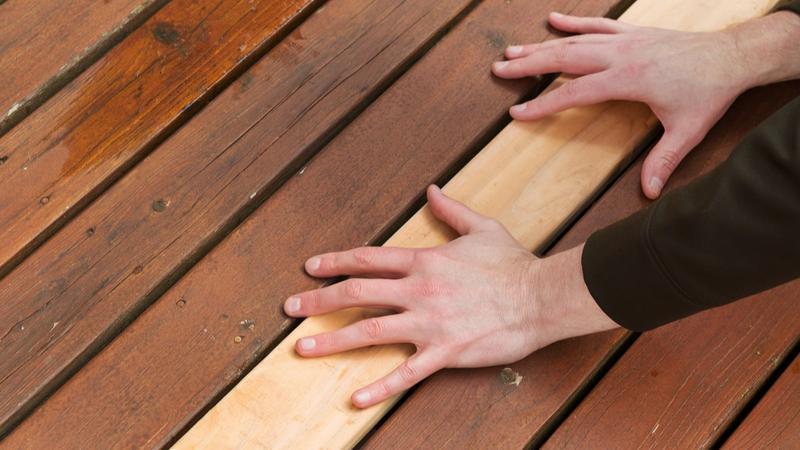Winter has begun to release its grip on the Great White North. With that, our thoughts are turning toward milder weather and that sprouting spring chore list.
Springtime gives you the opportunity to examine your home and search for any damage the ice and snow may have wreaked on your property, garage, or other external structures. Your inspection of the following five areas serves two purposes: preventing any further deterioration and lessening the risk of an injury to you, your family, or guests.
Roofs
Roof wear and tear is sometimes tough to spot, that’s why taking the time to check your roof for damage is one spring maintenance routine that can help you avoid a home claim. If you’re unable to isolate any abnormalities from the ground, hire a licensed professional to assess the condition of underlayment and shingles, tiles, metal panels, or other materials. Check out your home’s primary protective layer from both outside and inside to spot vulnerable areas that might allow water to seep through.
Sidewalks
Temperature fluctuations, frost, and thawing can cause sidewalks to upheave and crack — and that spells danger for visitors and delivery persons who could suffer serious injury from a stumble over uneven surfaces. If you can’t make immediate repairs, use a marking system to call attention to damaged walkways and ensure that adequate lighting exists to pinpoint compromised areas at night.
Handrails and porch rails
Injuries to family or visitors at ground level are difficult enough to handle. But a tumble down steps, off a porch, balcony, or deck could result in a severe mishap. You could be liable for more dire circumstances than a sprain or broken bone. Thoroughly test the strength and rigidity of porch rails and handrails along stairways to prevent unwanted accidents.
Driveways
The Canadian weather tests not only the structural soundness of your walking paths but also your driveways and the asphalt, concrete, or gravel that comprises them. Along with the potential hazard to guests, weather-beaten driveways can lead to potholes that can bend wheel rims, flatten tires, or shred bumper covers and undercarriages. If your driveway is in bad shape, it may be time to pave over uneven surfaces once the snow is gone for good.
Siding and eaves
Roofs are an obvious entry point for water but don’t overlook the integrity of wind-blown siding or eaves. While you can typically detect interior leaks from some vantage point, water can seep into sheathing and wall space through exterior vinyl, wood, or aluminum coverings. Undetected water in these spaces can spawn mould and cause rot, which your insurance policy may not cover if the damage was preventable.
How to protect your home with insurance
Naturally, you want to keep your home in pristine condition, and by doing so, you’ll simultaneously minimize perils. Your home insurance policy exists to protect you from the unexpected, but in some cases, neglecting to maintain exterior structures, entryways, and paths can lead to insurance claims larger than the limits outlined in your policy. So, along with assessing the health of your property, performing an insurance checkup is always a good idea.
Comparing home insurance quotes from more than 30 providers at InsuranceHotline.com can help you find new policy coverage and a lower premium for your next renewal.
